
- Donate
- Watch
-
-
-
Explore Online
-
-
PBS
 Passport
PassportSupport PBS Wisconsin and gain extended access to many of your favorite PBS shows & films.
-
- TV Schedule
- News
- Education
- Support Us
-

Contact
Email: [email protected]
Phone: 800-422-9707
PBS Wisconsin
Vilas Communications Hall
821 University Ave.
Madison, WI 53706
View map
Our Partners
PBS Wisconsin is a service of the Wisconsin Educational Communications Board and the University of Wisconsin-Madison. © 2025 All Rights Reserved.






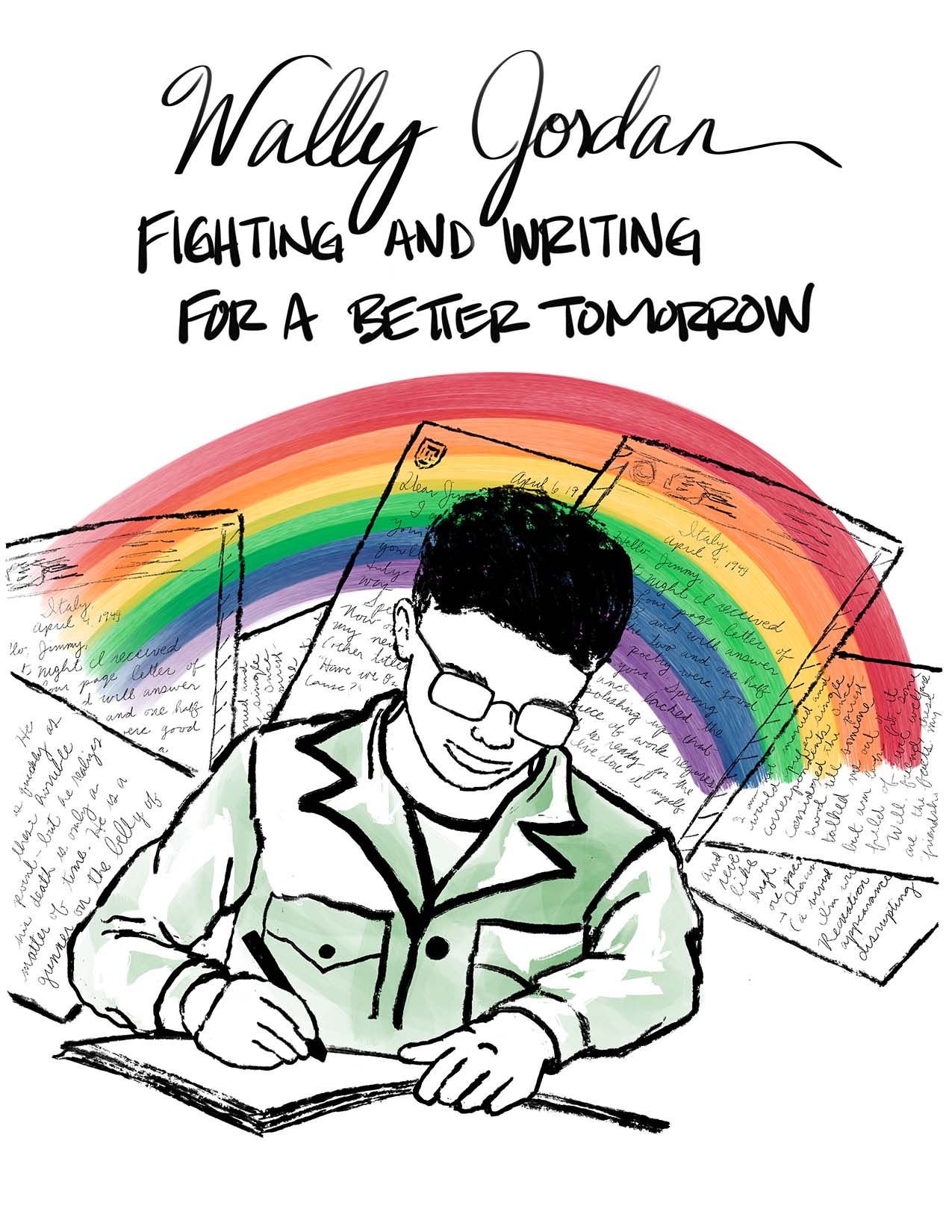
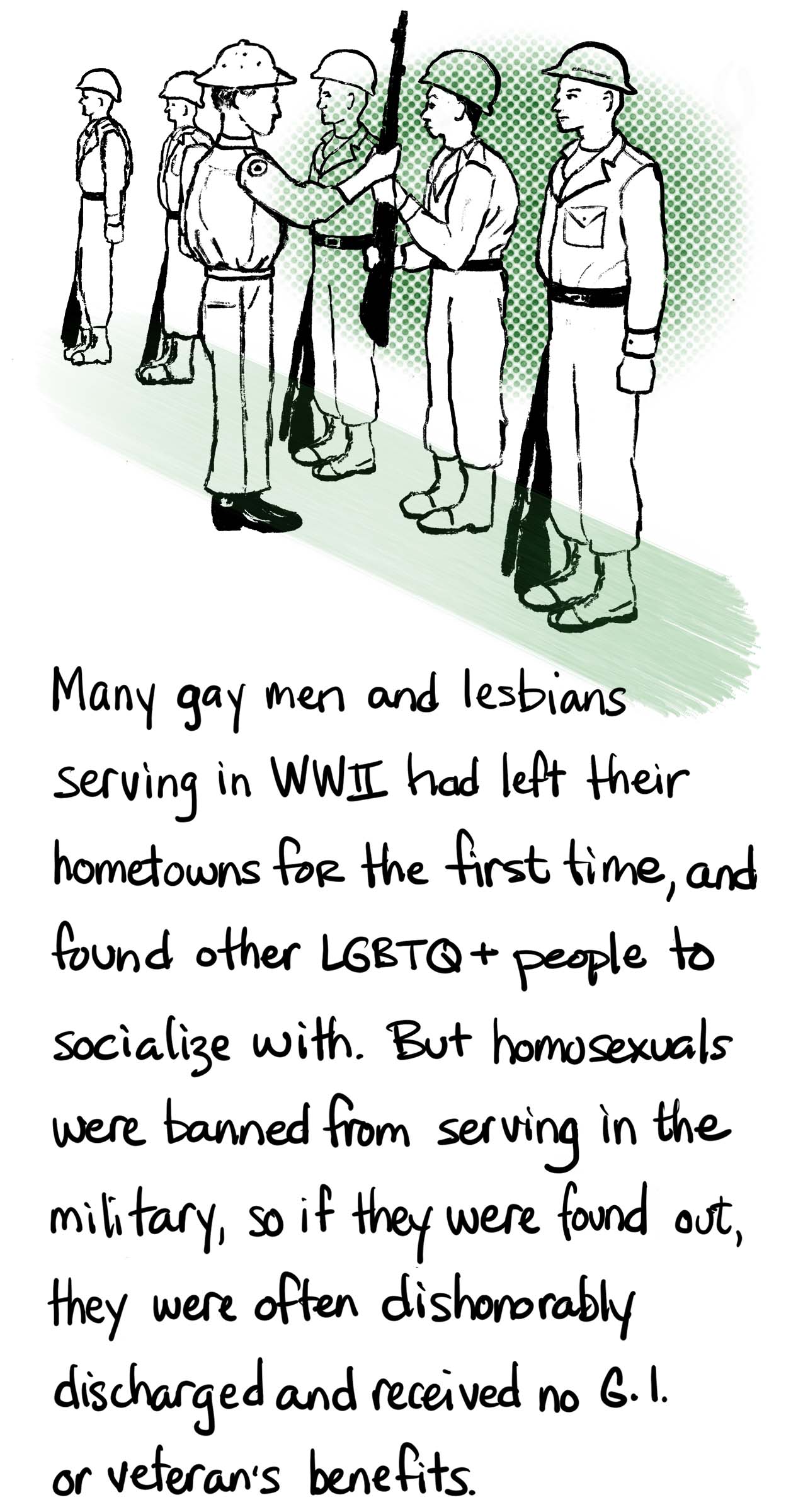
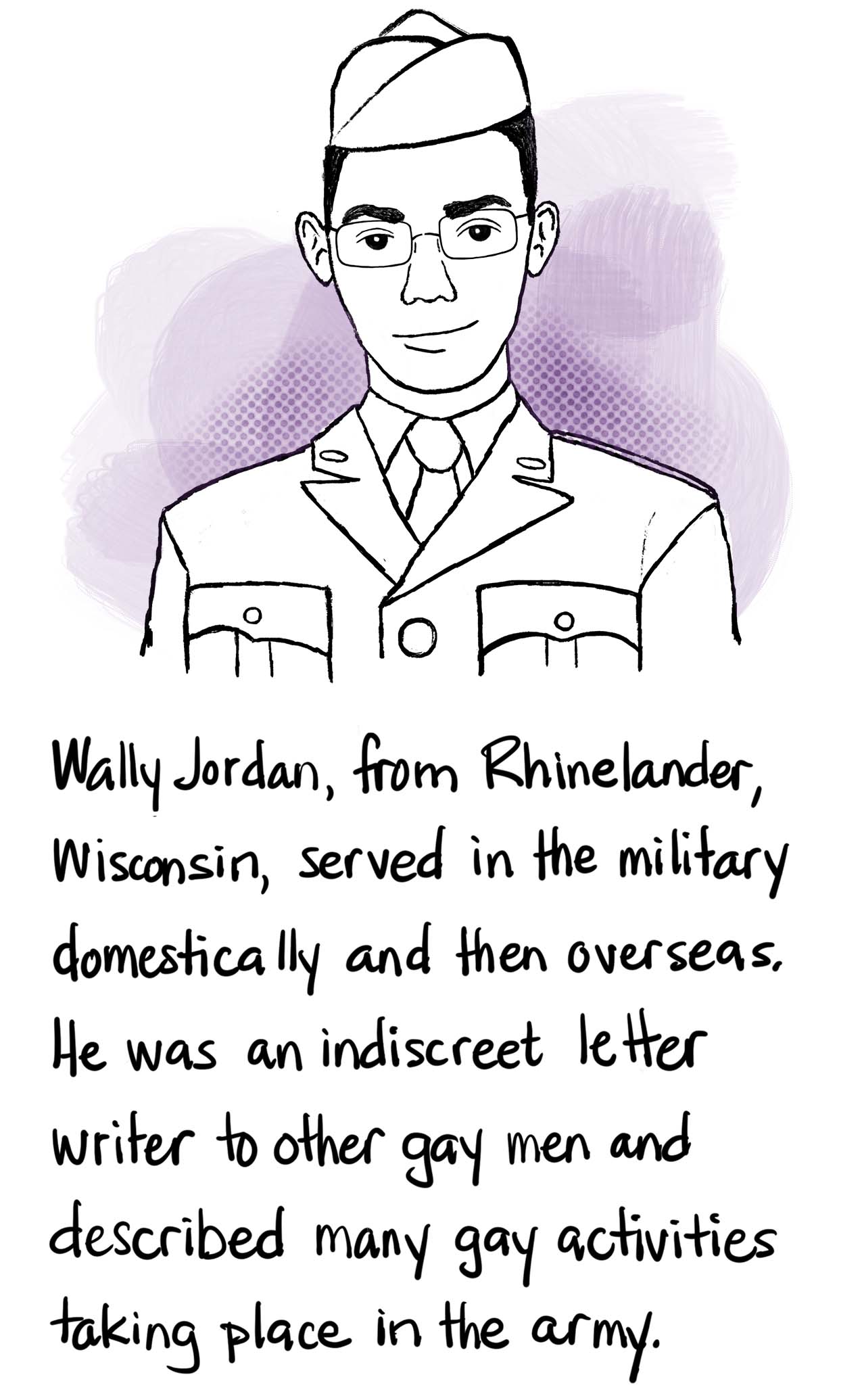
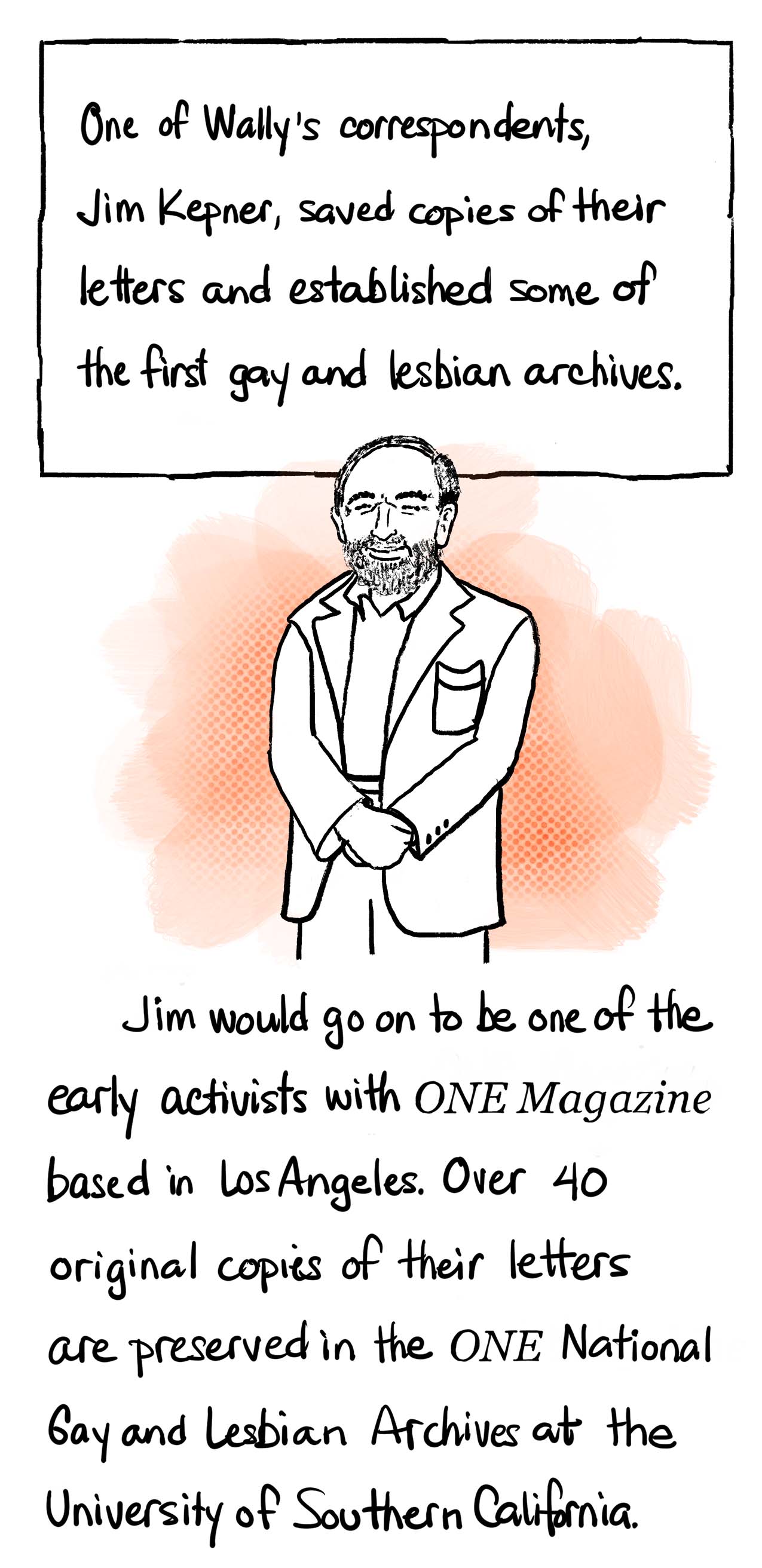
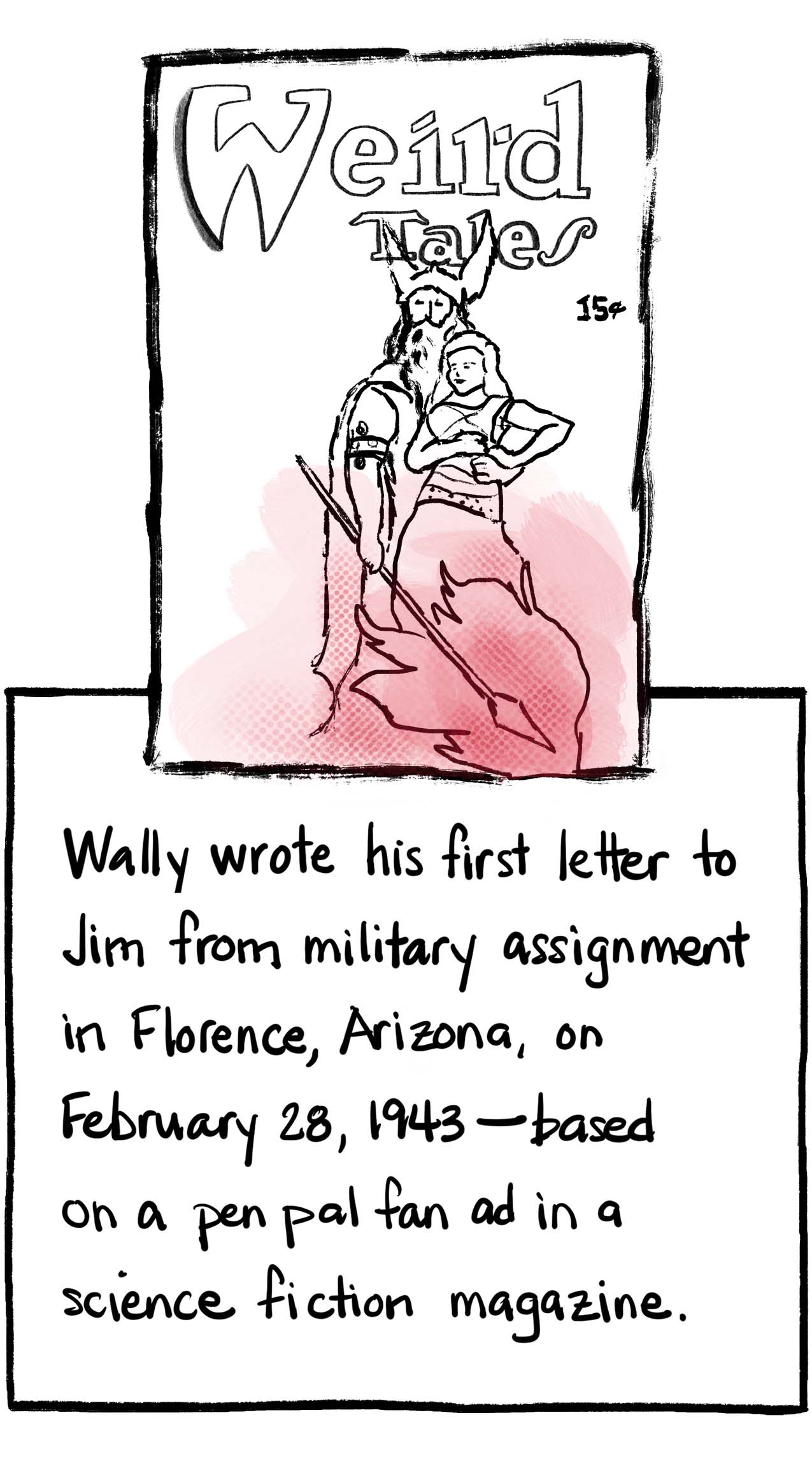
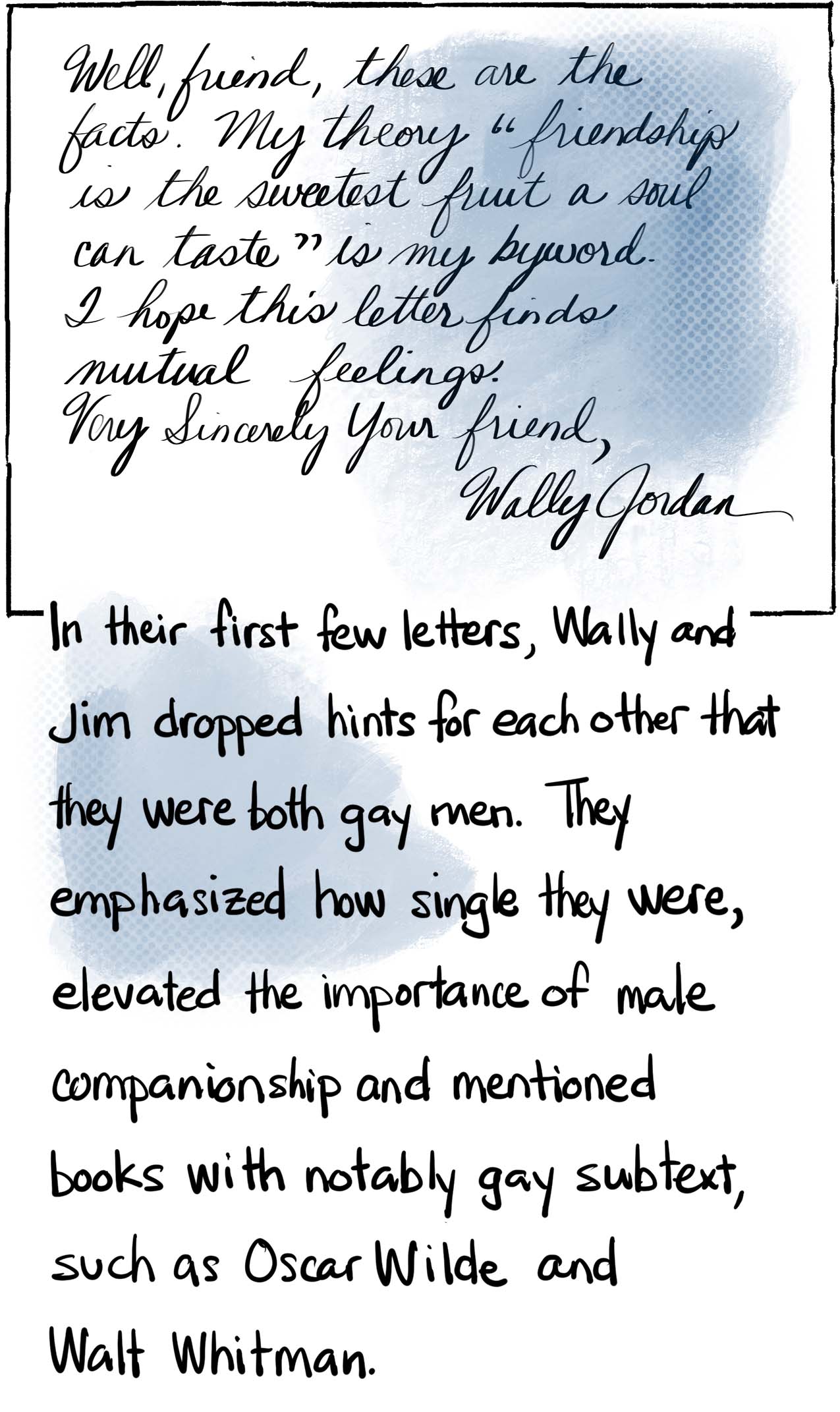
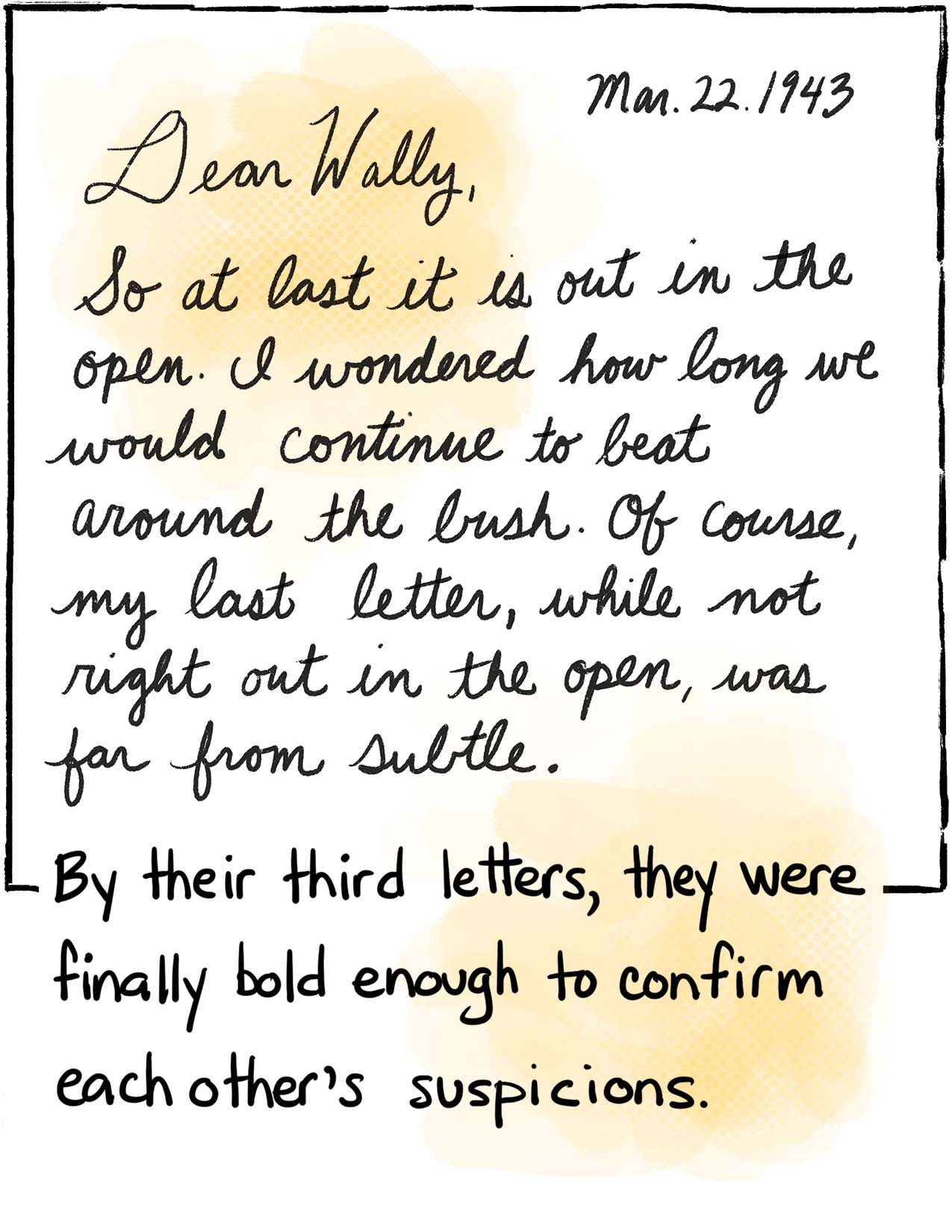
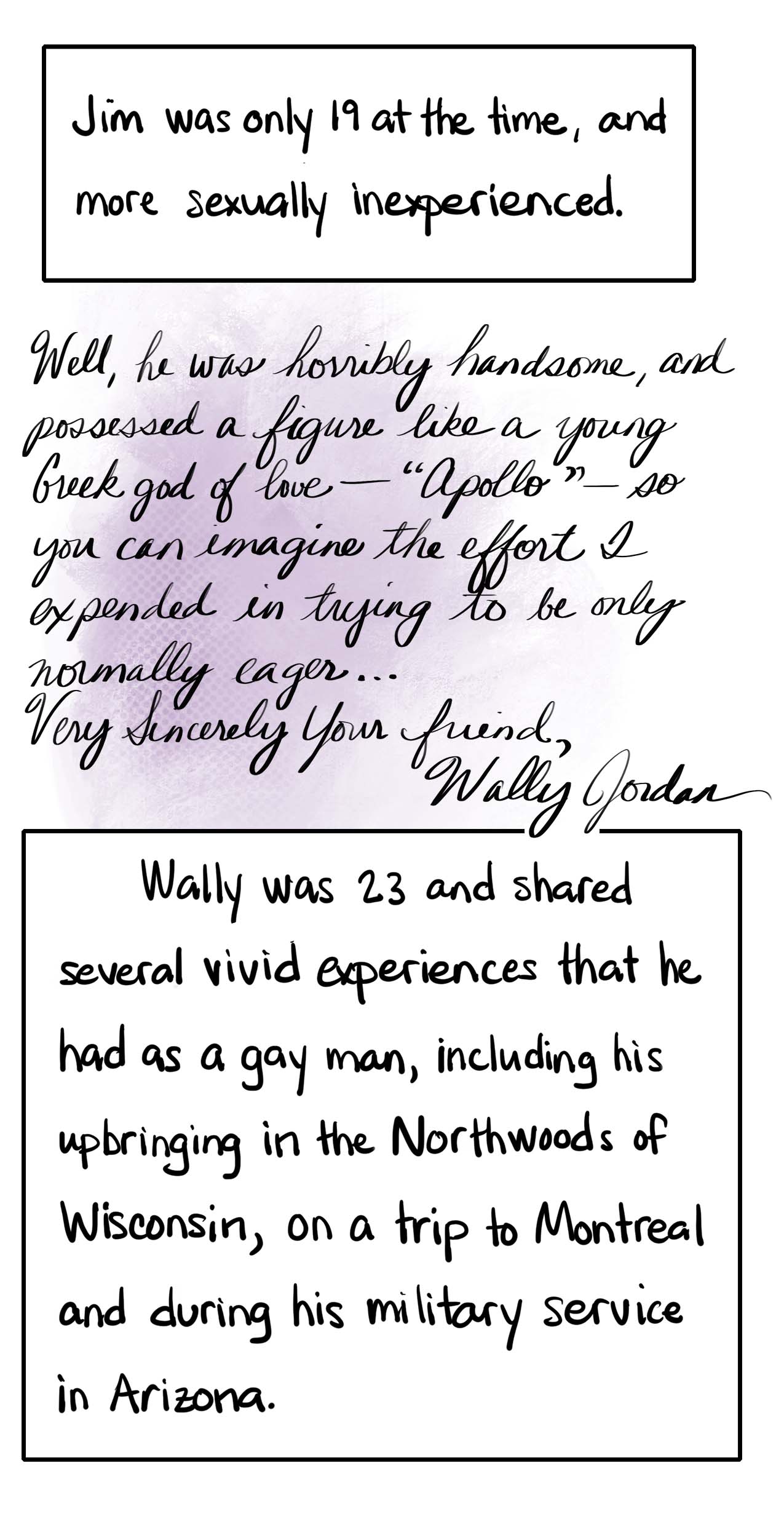
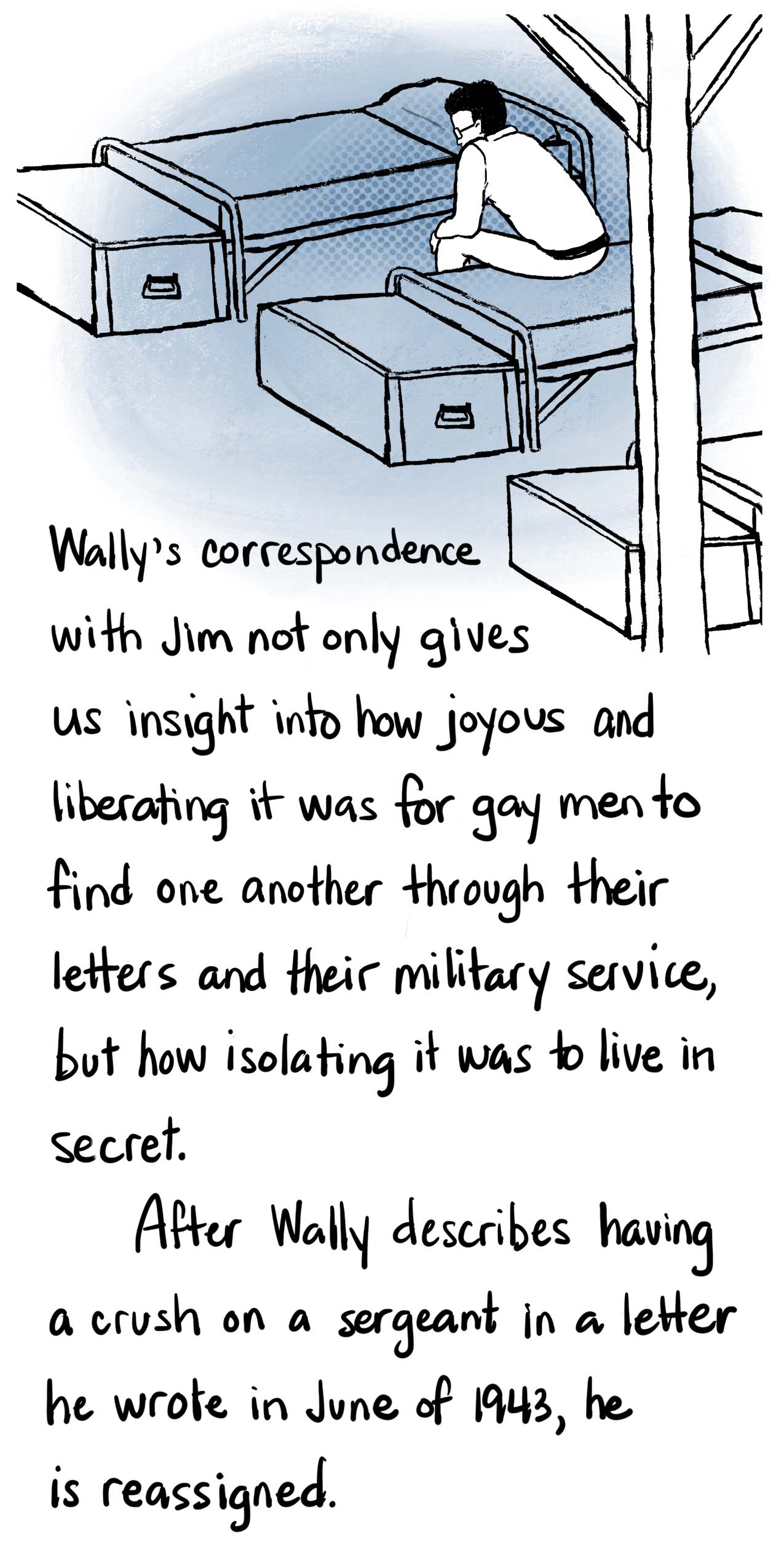
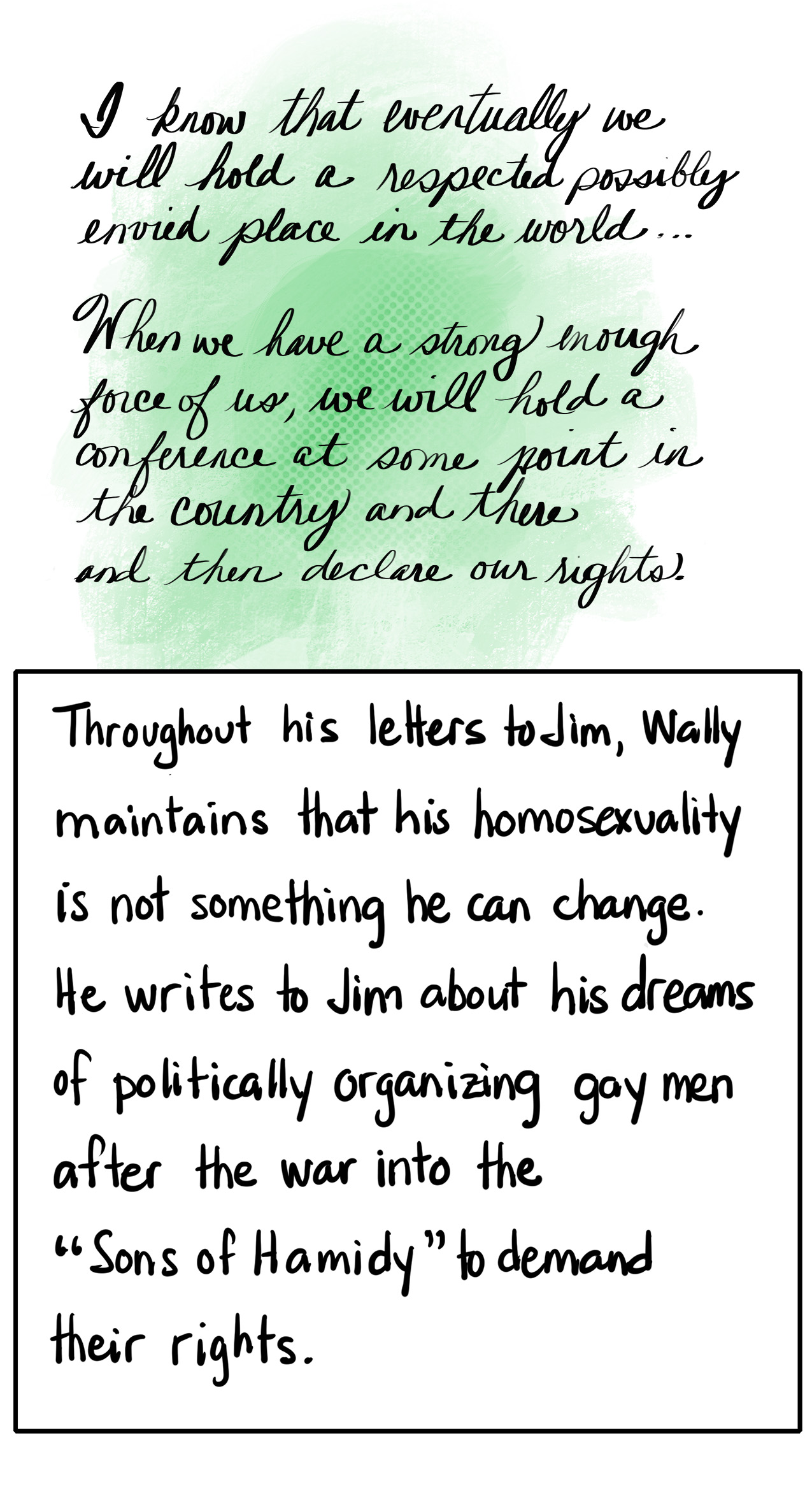
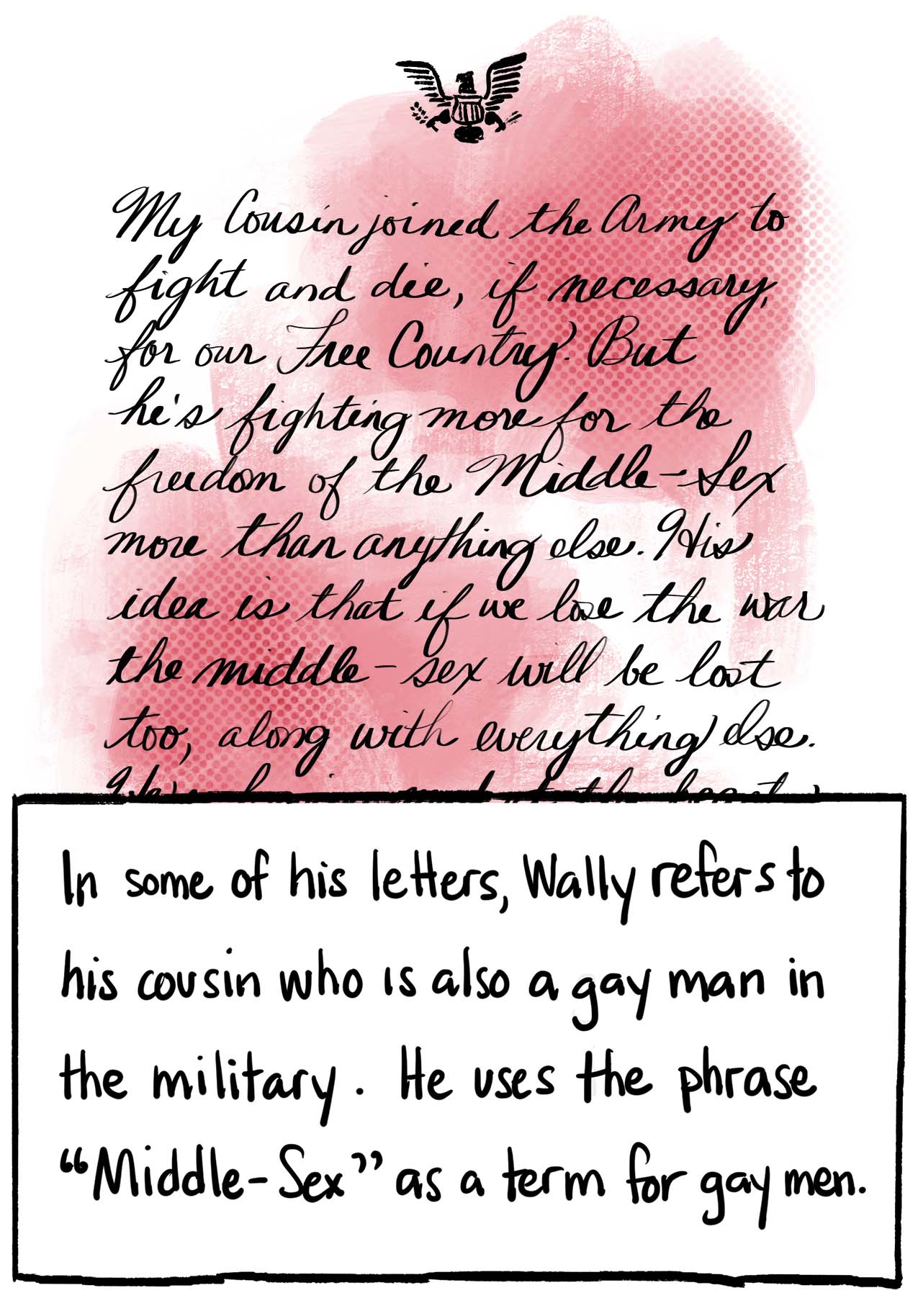
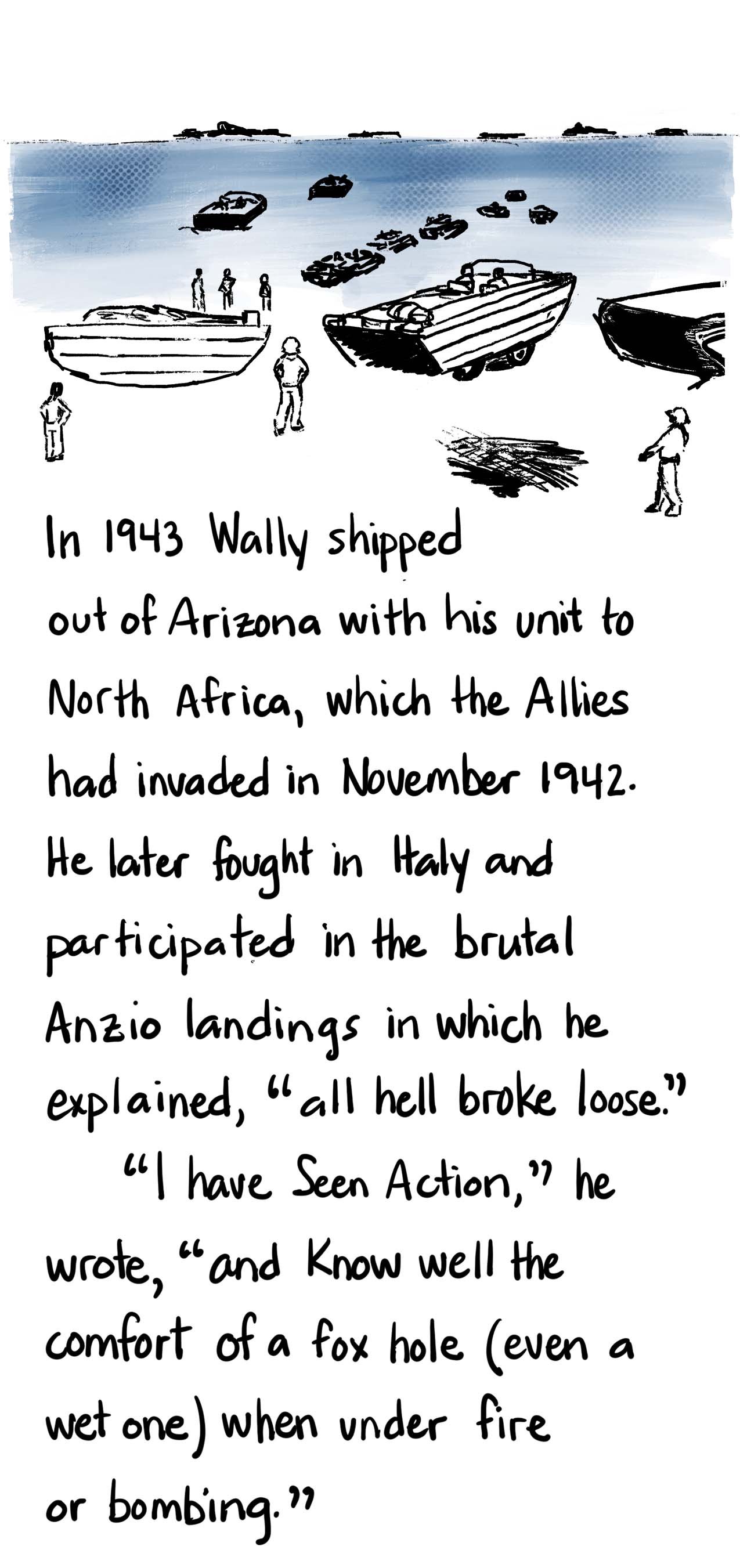
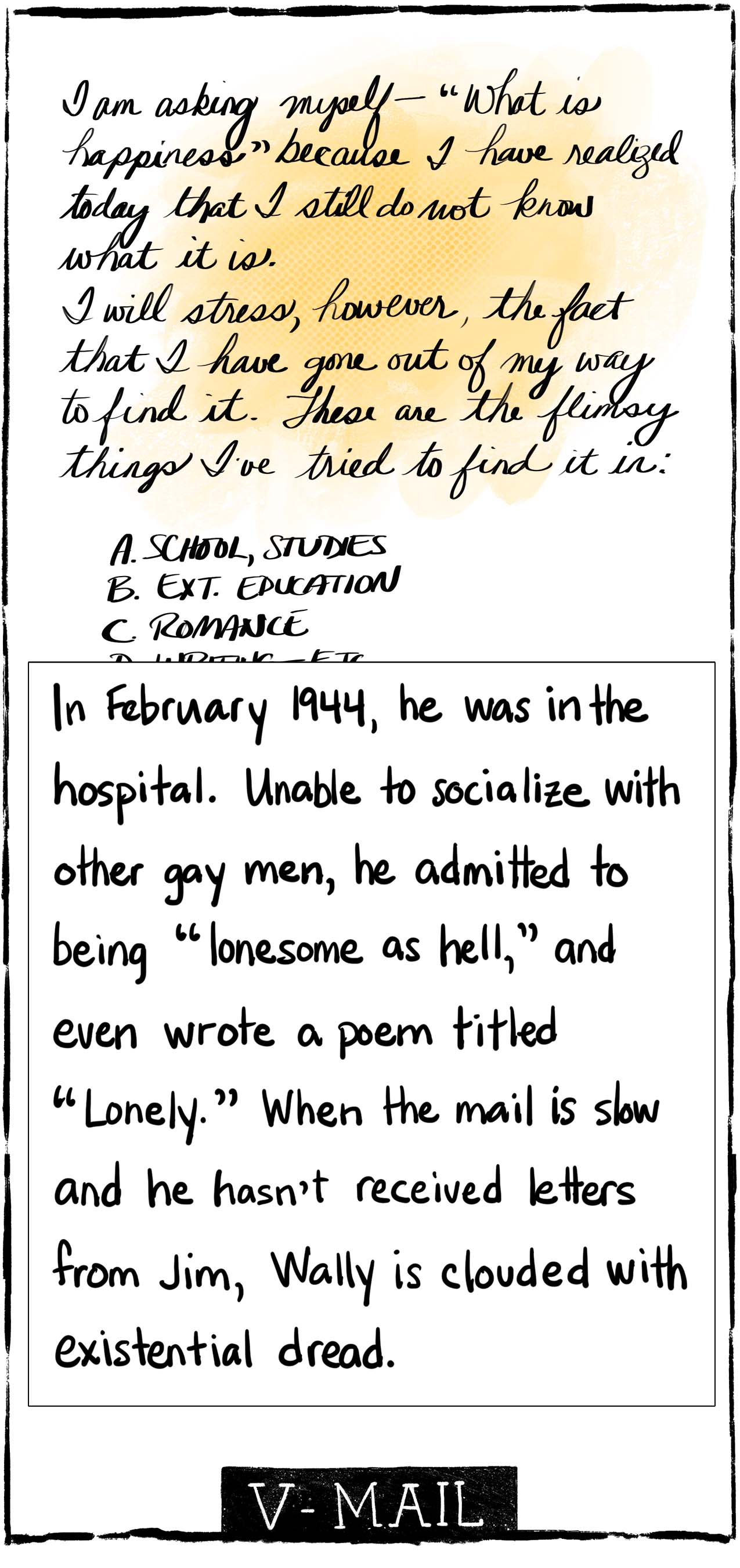
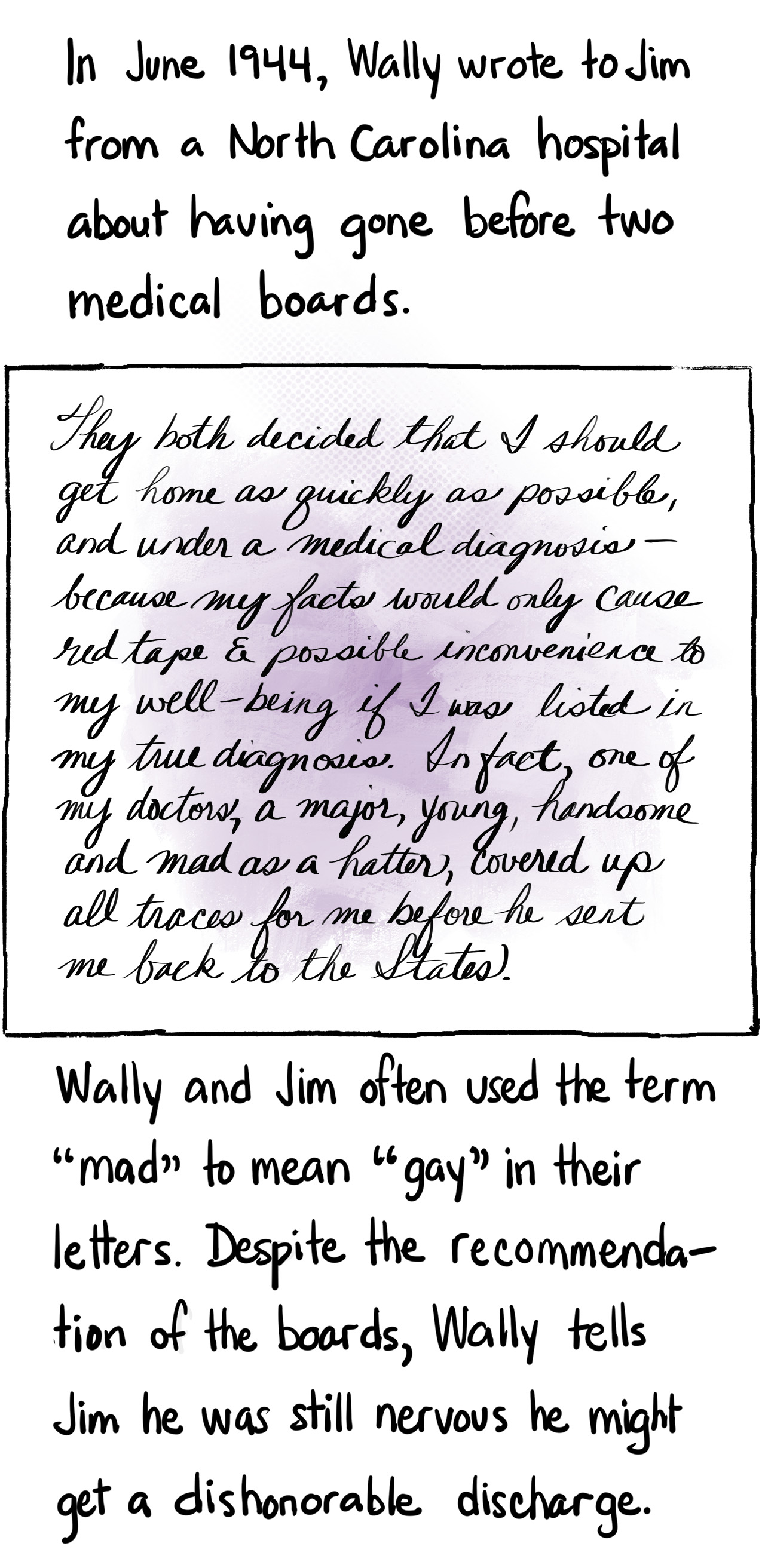
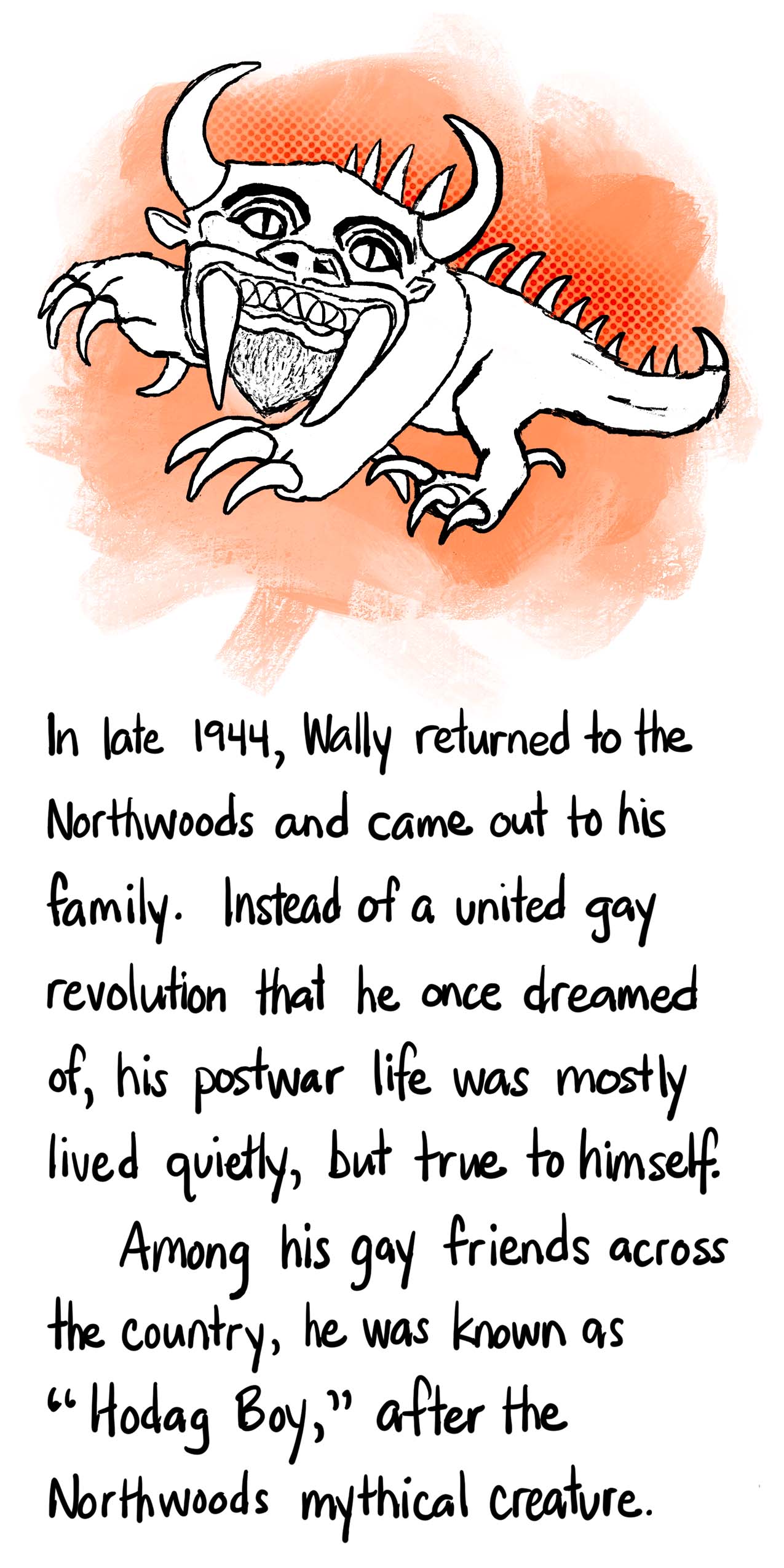
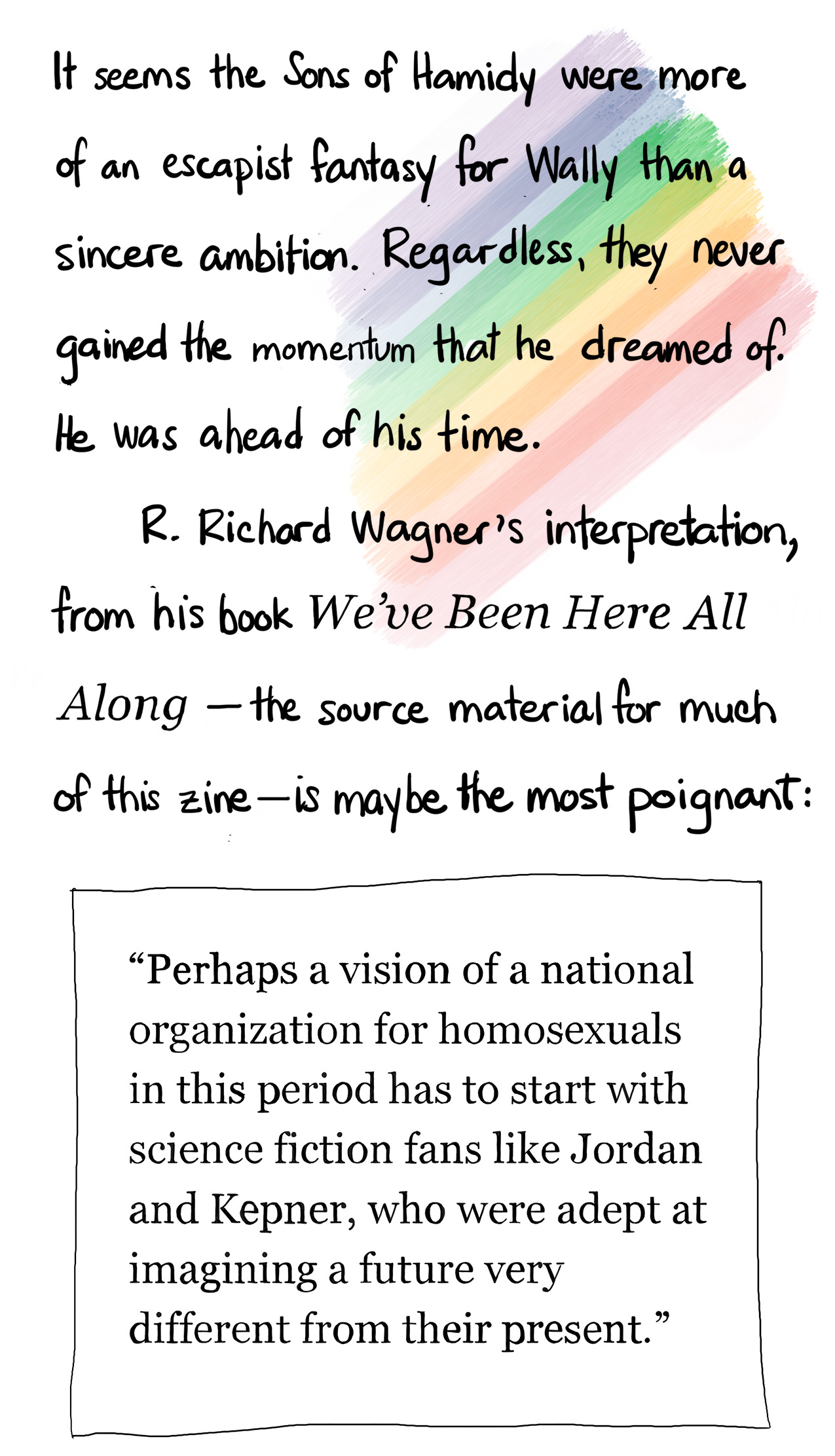

Follow Us